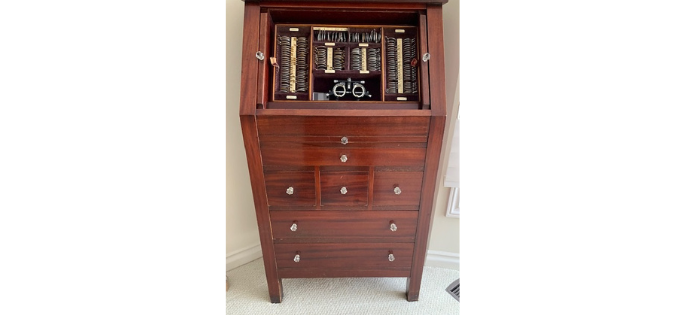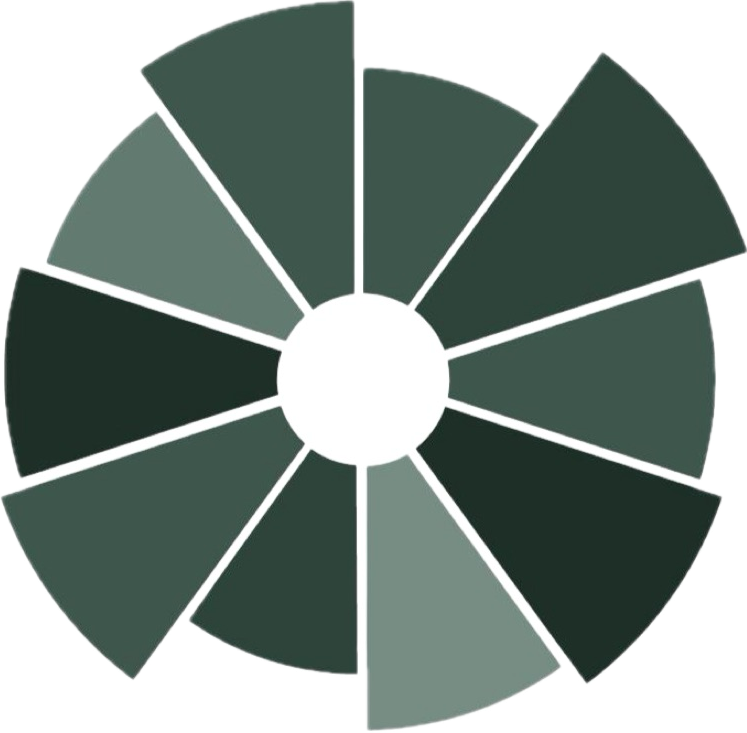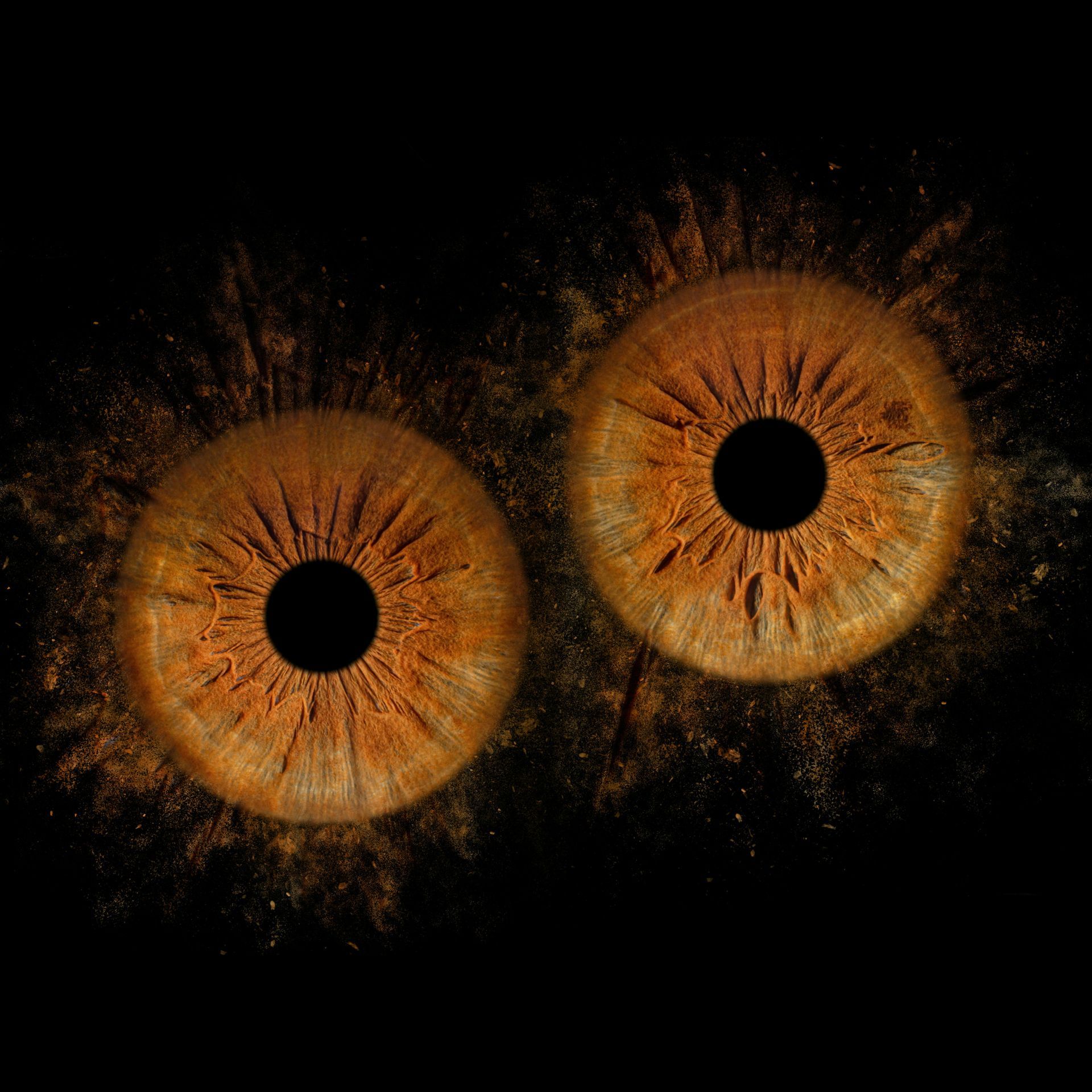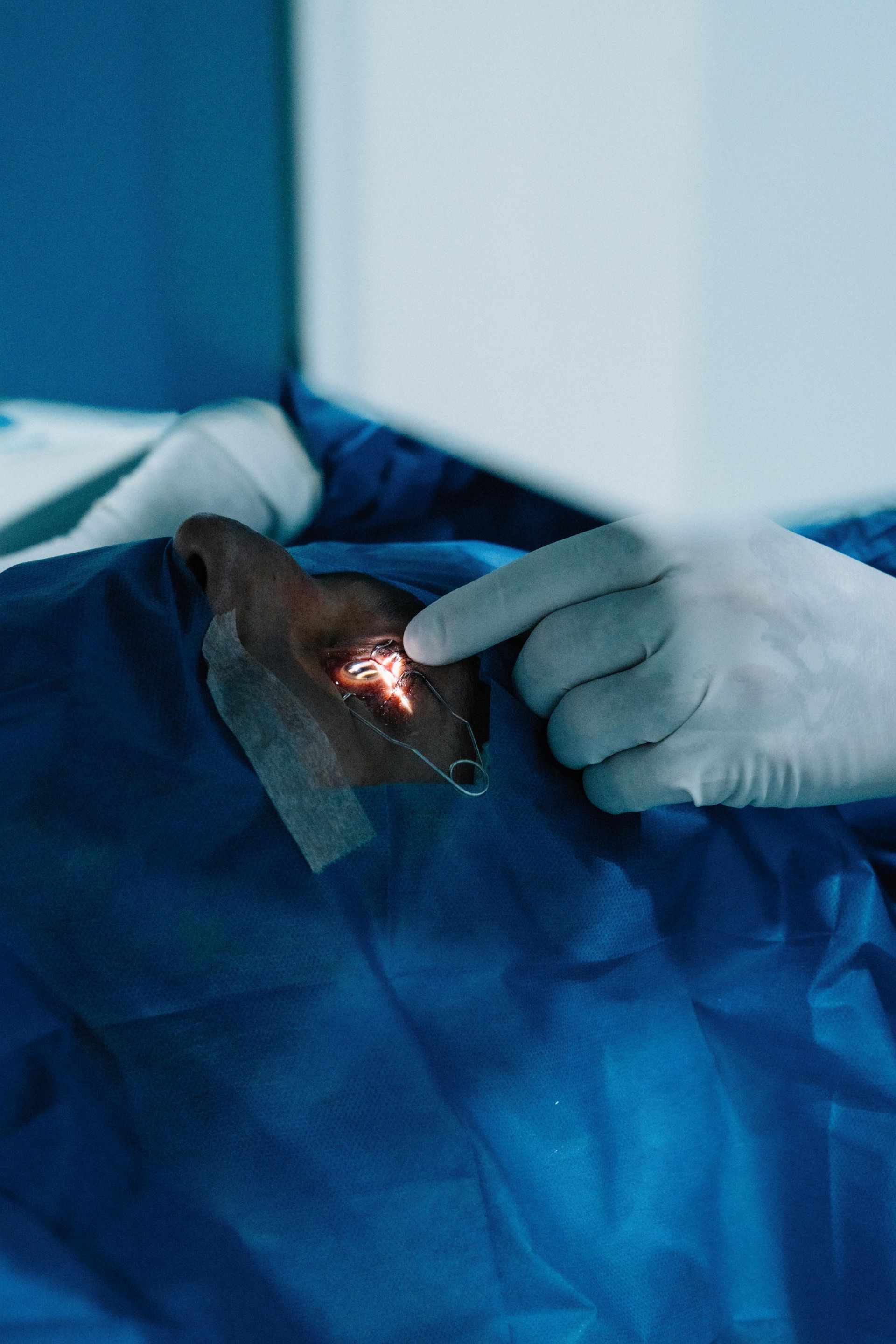Optometric Roots and an Antique Cabinet.

Blog vol 5.7. Optometric Roots and an Antique Cabinet.
My predecessor, Dr. Ron Watson, contacted me about a piece of history that he was moving out of his house. If you know Dr. Watson, the first question would be the model and year of the MG that he was moving. But no, it was an antique cabinet that the early optometrists used to do their eye exams. He asked me if I would like to have it. Would I? For sure. I picked it up the next day from his home. Beautiful! I had seen one before at Skinners Optical in Hamilton 20 years ago, where Rick Skinner had a similar cabinet. The cabinet is wood with a tray of lenses (lots) in all different strengths which were manually selected and combined to find the patient’s prescription.
Optometry, as a regulated profession, started with the 1919 passing of The Optometry Act in Ontario. There were 4 optometrists to start, all of whom had completed a one-year course at Toronto’s Central Technical School to get their license. Not quite that far back, I had the pleasure of knowing and learning from a 1935 graduate, Dr. Ben Spence, of Hamilton, who may have used a cabinet like the one I just acquired from Dr. Watson to do his refractions.
In 1962, Dr. Watson graduated from the new school at Waterloo, which now had a four-year program for Optometry. He joined 500 other optometrists in Ontario at the time, of which Burlington had two, Drs. D.B. Freeman and R.B. Watson.
Dr. Watson started with Dr. Freeman and moved out on his own in 1965, anticipating growth in the Burlington area (Wow, was he right!). He purchased the refraction cabinet shortly after, not for use but for interest. I now joke with patients and say that Dr. Watson used that cabinet in his practice. Actually, he used a phoropter as we still do today, which has every possible combination of lenses in one mask-like unit. You know the part where we ask “Which is better? One or two?” The phoropter was invented in the early 1900s and was in common use by the 1930s.
When I graduated in 1987, the University of Waterloo had been granting Optometric degrees for 20 years and we were the first class to finally use diagnostic drops for dilating eyes. In the year 2000, there were 2000 optometrists in Ontario and by 2011, The Optometry Act in Ontario now made it possible for us to prescribe therapeutic drugs for a wide range of conditions.
Fast forward to 2024, 60 years since Dr. Watson opened his practice in Burlington, there are now over 2500 Optometrists practicing in Ontario, and the School at Waterloo graduates 90 new candidates every year. (See more from the College of Optometry here). For context, there were less than 3 million people in Ontario in 1920 and less than 100,000 people in Burlington in 1960, compared to over 15 million in Ontario in 2024 and almost 200 000 in Burlington.
It is really neat to be part of this history, to have benefitted from many who have come before, and to have personally known a good number of them. When you come in for your next visit at Burlington Eyecare, be sure to check out the “new” cabinet in our waiting area, the first piece in our soon-to-be Optical Museum.
Til next week,
The good doctor






